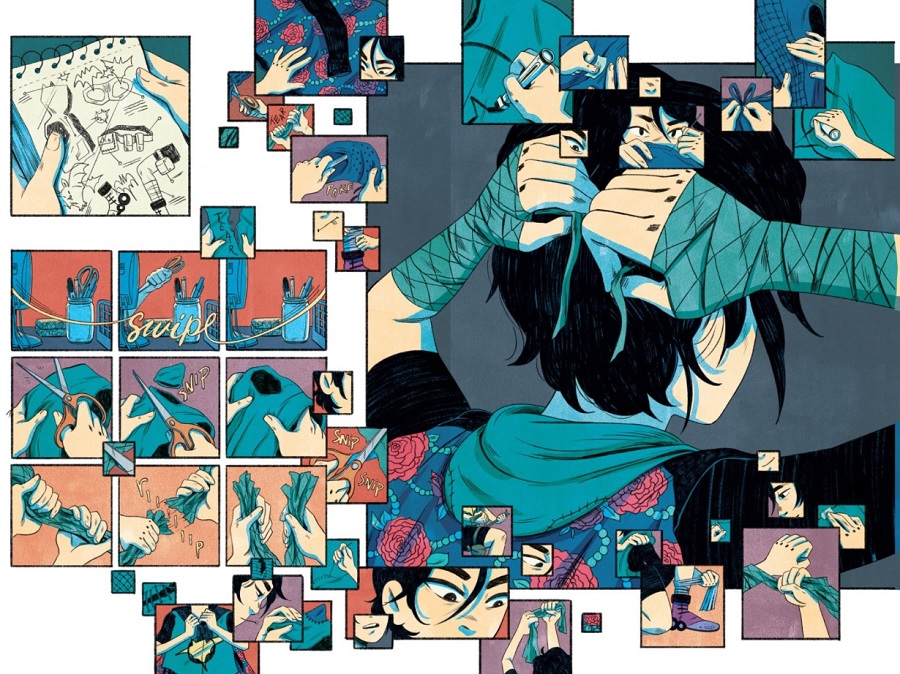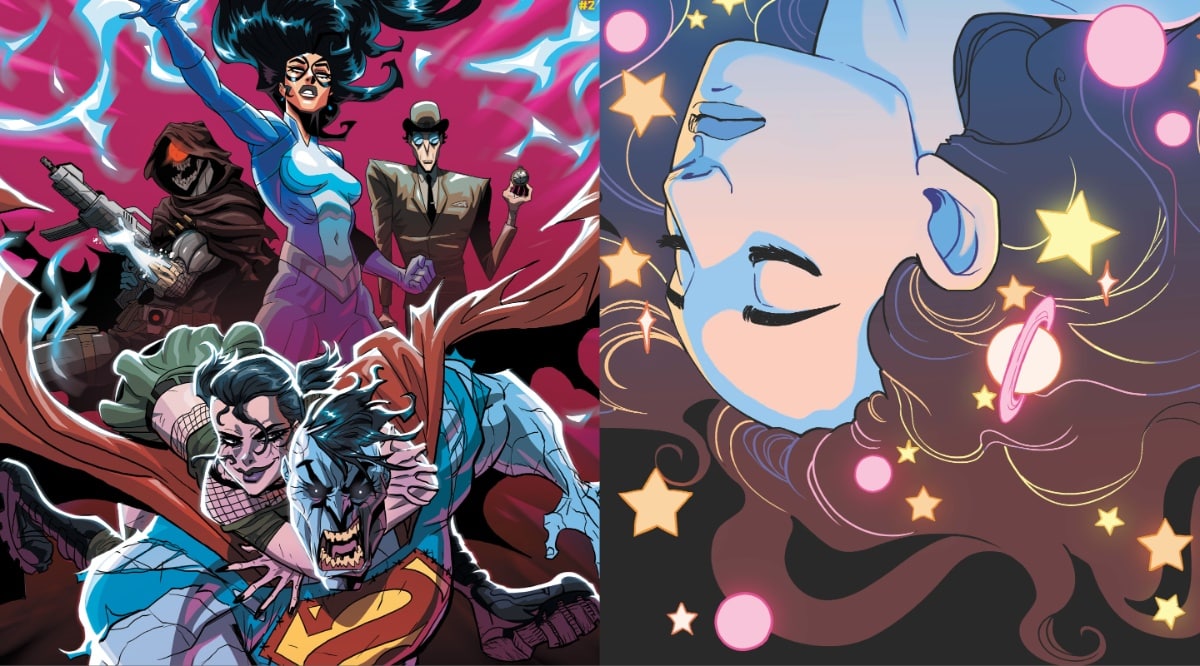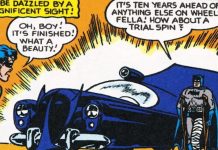With many students across the country currently home-schooling due to stay-at-home orders to combat the spread of COVID-19, kids and parents alike might be looking for something different to do to both pass the time and learn a little something. With that in mind, The Beat presents a study guide for the new DC young adult graphic novel, Shadow of the Batgirl.
 Shadow of the Batgirl
Shadow of the Batgirl
Written by Sarah Kuhn
Illustrated by Nicole Goux
Colored by Cris Peter
Lettered by Janice Chiang and Saida Temofonte
Published by DC Comics
Statement of Intent
A graphic novel, like any piece of art, can be read and enjoyed; some better few are pondered and learned from. Let this book be a lesson, the space in which you read it a classroom, and this a study guide. Shadow of the Batgirl is a book full of matters of morality and trust young readers should be considering, in addition to being a self-contained adventure. A young homeless girl stays in a library and learns how to read. She is also a skilled martial artist who, with the help of her found family, goes from criminal to Batgirl. It is my hope that these prompts addressing story, art, and the production of the graphic novel can inspire writing, discussion, activities, or engagement. Customize the lesson to suit the comprehension and interest of the student. Think of the prompts as a means to find out what engages the reader, and then pursue those areas of interest.
Pre-Reading Discussion
Before you begin reading the book, talk about everyone’s experiences with reading. Is this anyone’s first comic? What’s Batman all about, anyway? If the art from Nicole Goux or Cris Peter serves as a better ice breaker for the class than Sarah Kuhn’s story, consider skipping to the art parts and coming back to the plot for context. If the students are interested in making their own comics, talk about the process of making a comic. Kuhn discusses some of her inspirations in the Introduction on pg. 5. However, this and almost every other comic book is a team effort. An idea becomes a script, which is drawn, colored (sometimes), lettered, and often bound as a book.
Part One: Before
A child assassin fails to kill, makes a friend, moves into the library.
1. Cassandra is introduced as a criminal. Discussion topics could include guardians and responsibility, childhood in real life, homelessness.
2. Cass learns English. Who is a member of your community who speaks English as a second language? How can we express ourselves without the words to say what we mean and feel? How important are words?
Art Circle spotting action on pg. 32-3. What is a “gutter” (a nickname for the space normally used to separate panels) and what can it do to space and time?
Part Two: Becoming
Batgirl teaches Cass about heroes. Her vocabulary and friendships develop.
“Becoming” can be split into two parts depending on the reader, with Batgirl Disappears on pg. 71 as a break.
Babs and Cass grow close as Cass learns she has special skills beyond fighting.
1. Sarah Kuhn is telling a story about telling a story. Why? Talk over other stories where people tell stories.
2. Babs uses a wheelchair. Who is a member of your community that uses a wheelchair or other prosthesis? Where have you seen other people who use wheelchairs in comic books?
3. Cass has a talent that comes from watching people. How do you feel about being watched?
4. When friends come to you with problems, what do you do?
Art Do the colors in Shadow of the Batgirl show what people are seeing or what people are feeling?
Art Shadow of the Batgirl is superhero book but so far without a costume for its hero. Does this remind you of other “origin stories?”
Part Three: Being
Things grow: parent, sibling, partner, danger. A kiss and a sprain.
“Being” can be split into two parts depending on the reader, with Our girl always comes back. on pg. 157 as a break
Cass ends the cycle of violence. A new outfit.
1. How does Jackie treat her found family of Cass and Babs? What about her real family?
2. How does Erik treat his family? How do you find out what makes you happy to do?
3. Cass uses violence against violence. This is a chance to revisit the answers given to the first prompt in Before.
4. Cass wanted Batgirl to save her, but she ended up becoming Batgirl herself. How cool is that? What does it mean that anyone can be Batgirl?
Art Dropping in on pg. 160. Talk about how the drawing makes the class feel and why it works. Does it work?
Art The acrobatics of a fight scene lead the eye across the page. Layouts are a part of the artist’s process.
The Whole Story
A homeless girl starts as a villain. She finds a guardian, a friend, and love, and her misguided passions are set on course. Cass Cain goes from bad girl to Batgirl, but first learns to trust and to speak for herself.
Being bad is what you do and not who you are. A criminal becomes Batgirl. But then what is Batgirl supposed to do to other criminals? What kind of help could Batgirl extend to criminals that would help them change as she did? What could your community do to help desperate people that doesn’t involve sending them prison? If you were Batgirl, what would you do?
The Illustrations
Nicole Goux’s elastic style changes from panel to panel.
1. Cass with dot eyes and no nose, is this being practical or being stylish?
2. What about the drawings done as Cass and Babs within the story?
Goux and Kuhn know a good comic can tell the story without words.
3. Talk over the “multiple exposure” sequences that move time without using panels.
4. Think of Gotham City as a character: what about the library or the noodle shop brings the book to life?
Colors & Lettering
1. A crime book that looks like a tangerine and blueberry layer cake.
2. Cris Peter as the creator of texture as well as color.
3. Shouted or whispered, the letters and the bubbles and boxes they come in are choices made by Janice Chiang and Saida Temofonte that guide how we “hear” what’s being said.
4. What do you think about color choices for off-panel voices? How would you make it clear who is thinking and who is speaking?
Classroom at Home
Activity ideas related to Shadow of the Batgirl if you have others in the house who can’t explicitly follow the lessons but still wish to participate, or just need something to do.
1. Reading (comics) time.
2. Drawing time (like Babs and Cass).
3. Library. Favorite books. Play library.
4. Noodles. Favorite dishes. Play restaurant.
5. Family photos. Look at the memories.
6. Home-made costumes. Anybody can be Batgirl.
Published by DC Comics, Shadow of the Batgirl is available now.


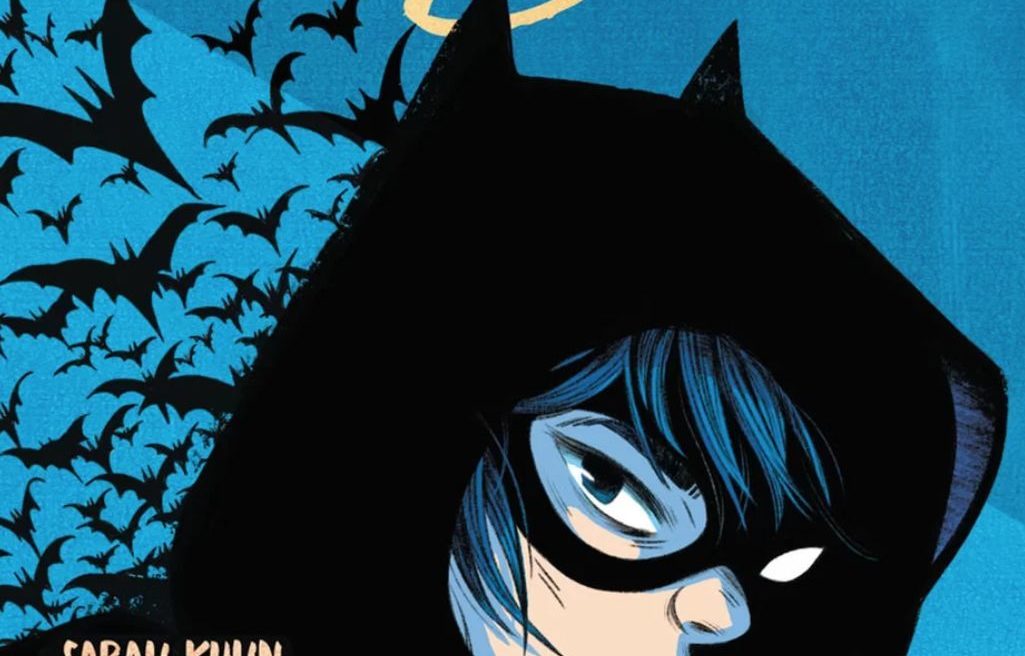
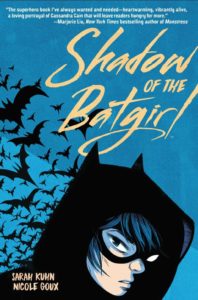 Shadow of the Batgirl
Shadow of the Batgirl